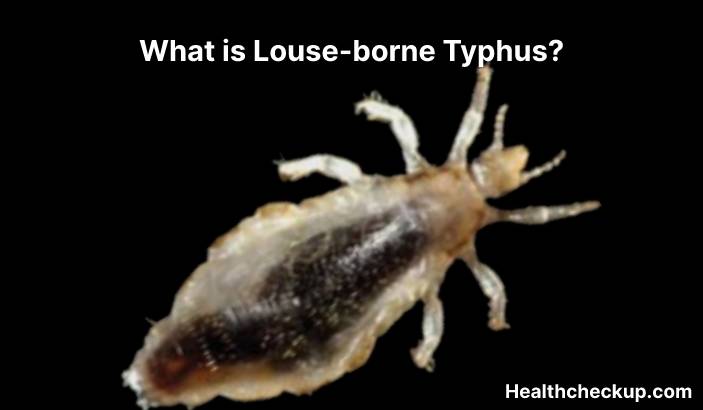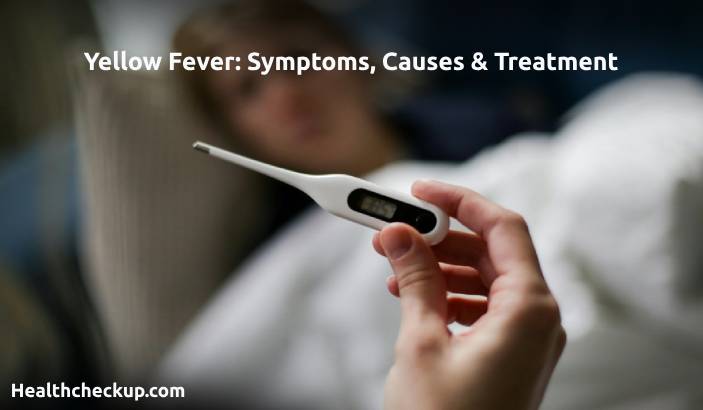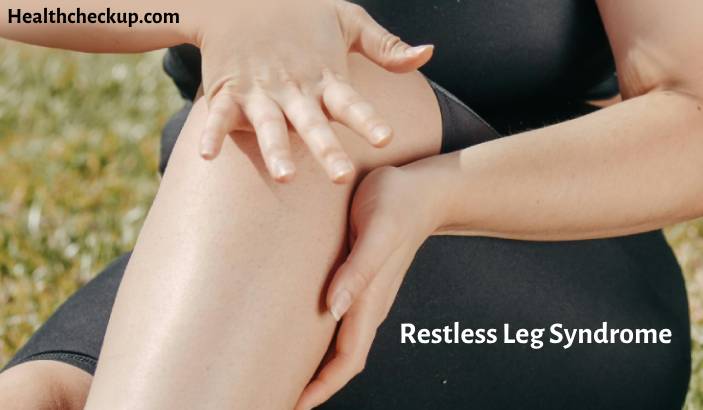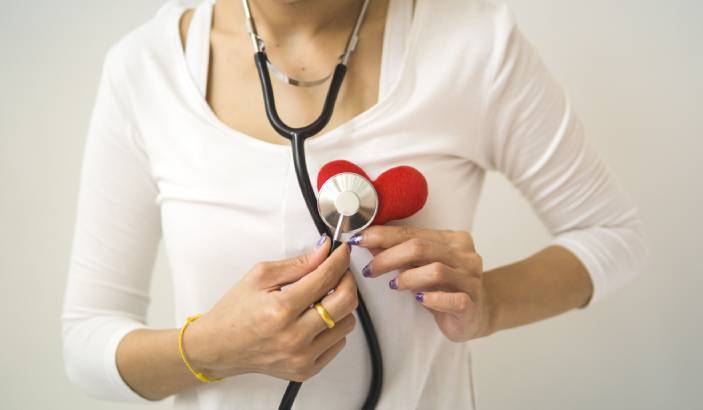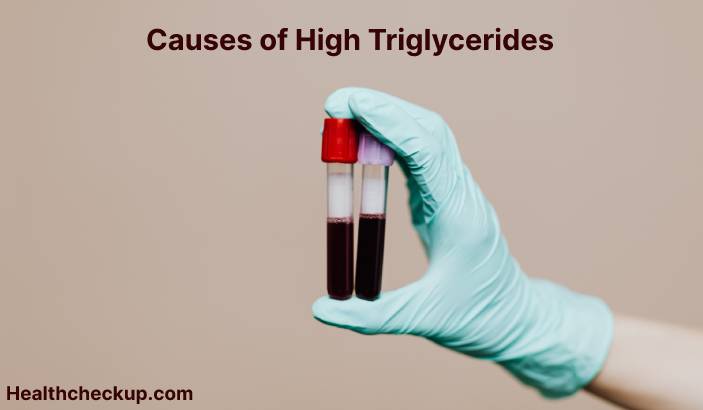Louse-borne typhus is a bacterial infection caused by Rickettsia prowazekii or Rickettsia typhi. It is transmitted through the bite of infected lice or fleas, respectively. Louse-borne typhus is found in areas where hygiene and living conditions are poor, and outbreaks often occur during times of conflict, natural disasters, or overcrowding.
There are two types of louse-borne typhus: epidemic typhus and endemic typhus.
- Epidemic typhus is transmitted through the bite of infected lice. It is also known as “classical typhus” or “louse-borne typhus.” Symptoms of epidemic typhus typically appear within 10-14 days of infection and include fever, headache, muscle aches, and rash. Other possible symptoms include chills, delirium, and abdominal pain. Severe cases can lead to complications such as meningitis, respiratory failure, and kidney failure.
- Endemic typhus is transmitted through the bite of fleas that have fed on infected rats. It is also known as “murine typhus” or “flea-borne typhus.” Symptoms of endemic typhus are similar to those of epidemic typhus and include fever, headache, muscle aches, and rash. Other possible symptoms include chills, delirium, and abdominal pain. Severe cases can lead to complications such as meningitis, respiratory failure, and kidney failure.
Diagnosis of louse-borne typhus is typically made through a combination of clinical presentation and laboratory testing. Blood cultures and serological tests can detect the presence of the causative bacteria in the bloodstream.
Treatment for louse-borne typhus typically involves the use of antibiotics, such as doxycycline or tetracycline. Early treatment is crucial to prevent complications and death.
Prevention of louse-borne typhus involves good personal hygiene and the proper disposal of clothing and bedding that harbor lice or fleas. In areas where louse-borne typhus is prevalent, insecticide-treated bed nets and regular delousing of clothing and bedding is also effective in reducing transmission.
In conclusion, louse-borne typhus is a bacterial infection transmitted through the bite of infected lice or fleas. It is found in areas where hygiene and living conditions are poor, and outbreaks often occur during times of conflict, natural disasters, or overcrowding. There are two types of louse-borne typhus: epidemic typhus and endemic typhus. Symptoms of louse-borne typhus include fever, headache, muscle aches, and rash. Diagnosis is made through a combination of clinical presentation and laboratory testing, and treatment typically involves the use of antibiotics. Good personal hygiene and the proper disposal of clothing and bedding can help prevent louse-borne typhus.


